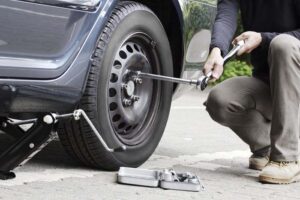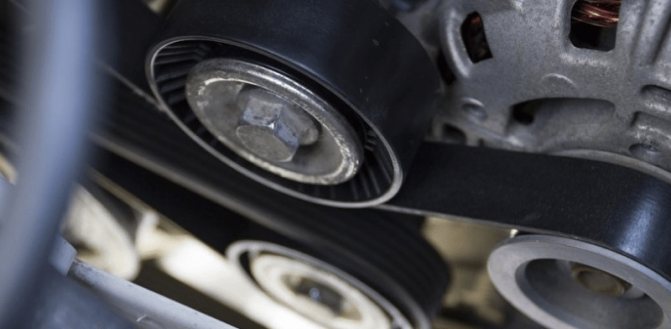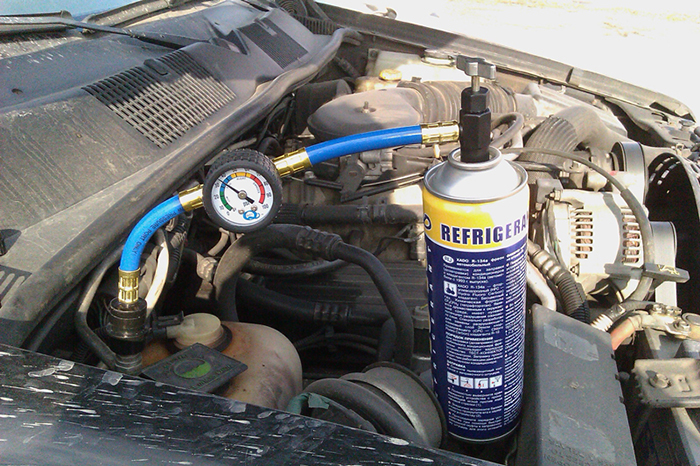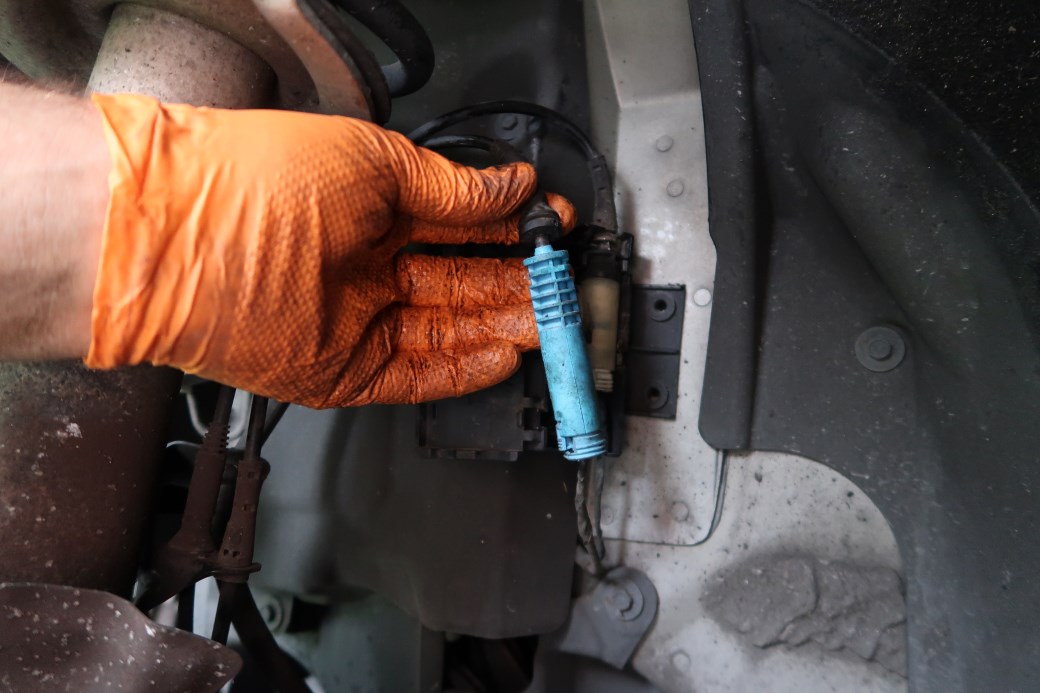 Some motorists encounter rear wheels locked up after sitting. Depending on how the car is parked, this can happen if the handbrake is not used.
Some motorists encounter rear wheels locked up after sitting. Depending on how the car is parked, this can happen if the handbrake is not used.
If the rear wheels of your vehicle don’t turn and you’re sure that it’s not because the emergency brake is on, then most likely, you have a seized wheel.
What are the most common causes of the rear wheel locking up? What can you do to resolve this problem?
Let’s consider these questions in this article.
How to know if your rear wheels have locked up
There are several ways to know if your rear wheels have been locked up. One such way is to experience times when your car seems to hesitate or buck during acceleration. This could be a sign that one of your wheels has stopped turning as it should, causing the loss of power and resulting in unwanted vibration in the car. Additionally, you might notice that one or both of your rear wheels are starting to drift off course or even hoop. This can be a clear indication that the slippage between wheels and ground has intensified, and that quickly regaining control may no longer be possible.
Another way to tell if your rear wheels have locked up is by paying attention to how you’re driving. For example, if braking and accelerating suddenly seem more difficult than usual, this may indicate higher levels of resistance between certain parts of your car’s system, which should send a red flag regarding potential wheel lockup. In addition, keep a close eye on your dashboard as you drive; if there is any excess “wiggle room” in how hot or cold your engine gets, this might be an early warning of impeded fluid flow that could lead to issues with wheel locking later on.
Ultimately, it is important for drivers to constantly stay aware of how their vehicles are performing as they navigate the roads. Not only can it help to avoid potential accidents and other unwanted auto issues, but it can also serve as an early warning signal for other problems that may arise down the road. If you notice any of these signs in your driving or car, be sure to get them checked out by a trusted mechanic or auto specialist as soon as possible.
What causes the rear wheels to lock up?
There are several reasons why your rear wheels may have locked up. In most cases, it’s due to rust and corrosion build-up in the caliper pistons. Over time, this can cause the pistons to seize in the bore, which prevents them from moving freely. This results in a locked wheel.
Another possible cause is a brake fluid leak. If there’s not enough fluid in the system, the brakes may not work properly. This can also lead to a seized piston and a locked wheel.
Lastly, an issue with the parking brake can also cause the rear wheels to lock up. If the parking brake is not released properly before driving, it can cause the caliper pistons to seize.
If you’re experiencing this issue, it’s best to take your car to a mechanic to diagnose the problem and find a solution.
The best possible solutions for rear wheels that have locked up
- If you’re having trouble with a seized piston, one possible solution is to stutter the car. This means that you’ll need to quickly press and release the brake pedal several times in quick succession. Doing this may help to break up the rust and corrosion around the piston so that it can move freely again.
- Another possible solution is to use compressed air to clean out the caliper. This will help to remove any rust or corrosion that may be preventing the piston from moving freely.
- If you’re still having trouble with a seized piston, you can try using a caliper tool. This tool is designed to help loosen up seized pistons.
- If your wheels are locked up, you can try hitting them with a hammer to loosen the piston. This may help to break up any rust or corrosion that’s preventing the piston from moving freely.
- If you’re still having the wheels locked up, you can try heating the rust. This will help to break up the rust and allow the piston to move freely again. You can use a propane torch or a heat gun to heat the rust. Aim the heat at the center of the piston for about 30 seconds. You should then be able to move the piston back and forth with your fingers. If nothing happens and the piston is still stuck, you can try heating it for another 30 seconds. Once the piston is moving freely, you can release the parking brake and drive the car. Be sure to have the car inspected by a mechanic as soon as possible to make sure that there’s no other damage.
- If your wheel is locked up, you can try drilling holes in the wheel drum. This will help to release any pressure that’s built up around the piston.
- If all else fails, you may need to replace your caliper. This is a more permanent solution, but it will fix the problem for good. If you’re experiencing this issue, it’s best to take your car to a mechanic to diagnose the problem and find a solution.
Keep in mind that rear wheels can become locked for other reasons as well, such as a brake fluid leak or an issue with the parking brake. When parking, if the rear wheels of your car don’t turn, you may have a seized wheel. This can happen if the car is parked on an incline and the handbrake is not used. So, if you’re parking on an incline, be sure to use the handbrake. This will help to keep the car from rolling and prevent the rear wheels from locking up.
How to avoid the rear wheels being locked up after sitting?
Additionally, there are a few things you can do to avoid this issue in the future.
- First, be sure to use the parking brake whenever you park on an incline. This will help to prevent the caliper pistons from seizing up.
- Second, keep an eye on your brake fluid level and top it off as needed to prevent leaks.
- Be sure to clean and lubricate your brakes regularly.
- Avoid driving in wet or icy conditions whenever possible. These conditions can accelerate the build-up of rust and corrosion.
- If you live in an area with a lot of rain or snow, it’s important to take extra care of your car to prevent rust and corrosion. Make sure to clean your car often and dry it off after washing. Waxing your car will also help create a barrier against the elements. If you do find rust on your car, take it to a professional to have it removed.
- Lastly, be sure to release the parking brake properly before driving.
By following these simple tips, you can avoid the rear wheels being locked up after sitting.
Conclusion
Regardless, it’s always best to have a professional take a look at your car to ensure that the problem is resolved and that your brakes are working properly.
If you think your rear wheel may be locked up, try these tips:
- Park on a level surface and engage the emergency brake.
- Move the car back and forth slightly to see if the wheels will turn.
- Try to rock the car to see if the wheels will turn.
- Check the caliper to see if it is seized.
If you cannot get the rear wheels to turn, then you will need to have the caliper replaced. This is a job best done by a professional mechanic.


